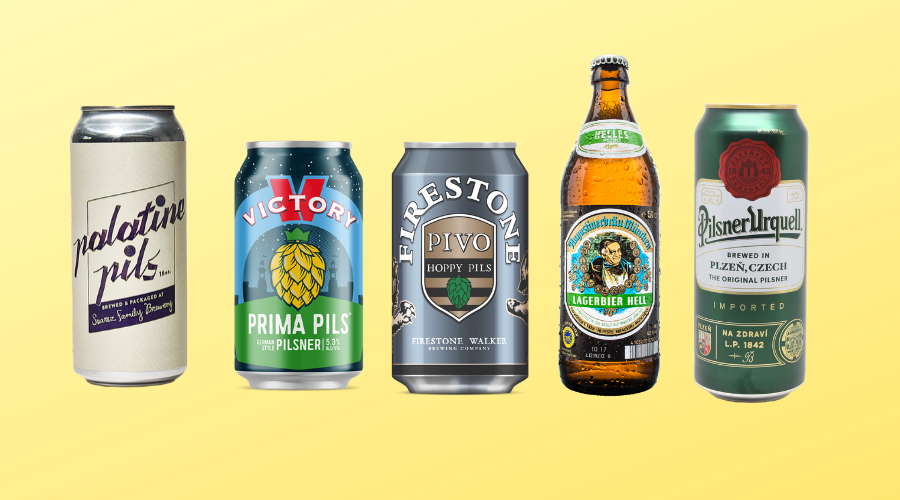
Pilsner beer is one of the world’s most popular drinks. Golden, effervescent, and refreshing, pilsners are the default go-to beer for most beer drinkers. This historic style, as popular as it is, has undergone a rebirth in craft beer in recent years.
With the recent surge in craft-brewed pilsners, we thought we’d highlight our favorites. As brewers ourselves, we think a great pilsner represents the sign of a great brewer. Here are 10 of the best pilsner beers in the world. We love sitting back and enjoying these beers and admiring their craft, quality, and crispness.
- Pilsner Urquell, Pilsner Urquell Brewery
- Pilsner, pFriem Family Brewers
- Palatine Pils, Suarez Family Brewery
- Luppolo, Oxbow Brewing
- Trumer Pils, Trumer Brewery
- Prima Pils, Victory Brewing Company
- Rothaus Pils Tannenzäpfle, Badische Staatsbrauerei Rothaus
- Pivo Pils, Firestone Walker Brewing Company
- Vliet, Threes Brewing Company
- Mary, Hill Farmstead
Pilsner Urquell, Pilsner Urquell Brewery
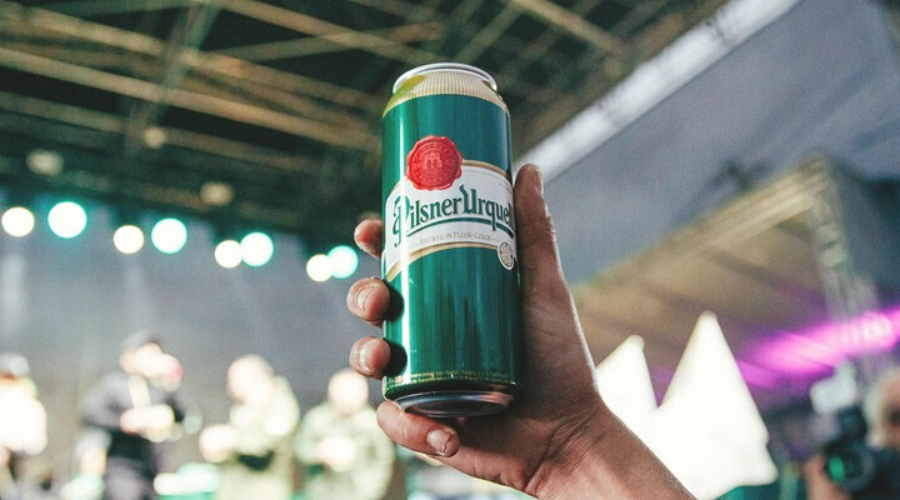
In the late 19th century, Bavarian brewer Josef Groll brewed what would become the gold standard for pale lagers worldwide. Using pale malts, Saaz hops, and the local soft water of Pilsner, Czech Republic, Pilsner Urquell was born.
This quintessential Czech lager comes in at only 4.4% ABV. Its distinctive aroma of Saaz hops is amplified due to it’s lively carbonation. A huge, frothy head sits atop this beautiful golden beer and doesn’t dissipate until the last delicious drop.
Pilsner, pFriem Family Brewers
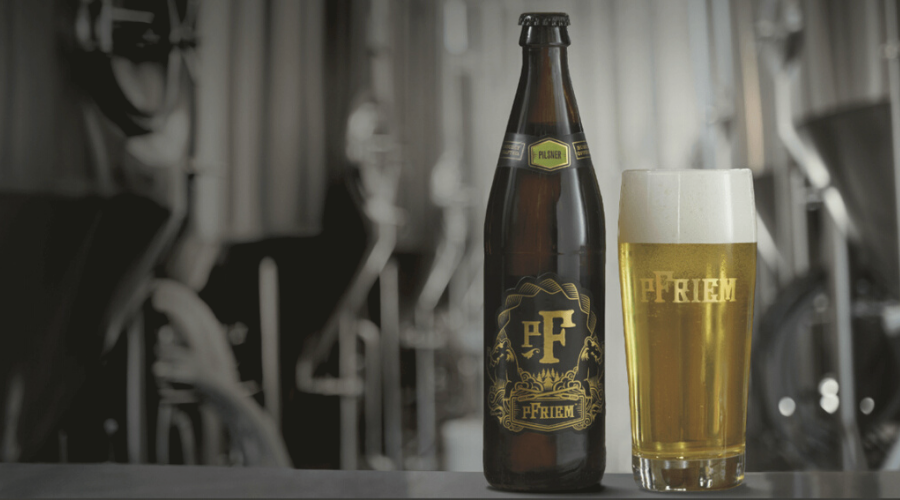
pFriem Family Brewers’ Pilsner stands shoulder to shoulder with Europe’s best pilsners. A cross between a German and Czech pilsner, pFriem has found an amazing balance. They showcase crisp malt with floral and citrusy European hops in their pilsner. Bursting with carbonation, this crystal clear yellow beer floats a dense and creamy foam.
Palatine Pils, Suarez Family Brewery
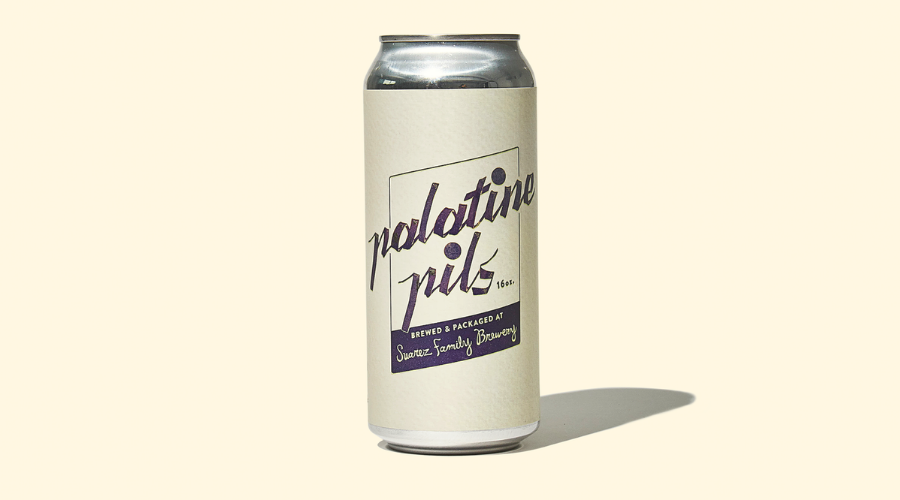
You’ll recognize this one from our best lager article. Suarez is a small brewery along the Hudson Valley in New York. They’ve made their mark in the craft beer world brewing world-class lagers, Saisons, and sour beer. It’s no surprise that their co-founder and brewer, Dan Suarez, got his start at Hill Farmstead. Both breweries share the same quality-driven and creative ethos.
Palatine Pils is a German-style pilsner with a strong presence of fresh, crisp malt and herbaceous Noble hops. Unfiltered, this beer pours a cloudy straw color with an endless foam that forms stiff peaks above your glass.
Luppolo, Oxbow Brewing
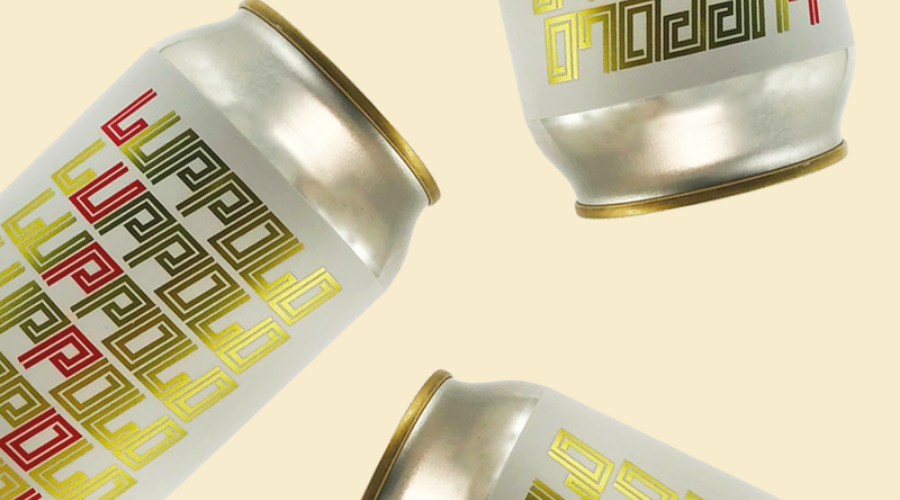
Nestled away in the forest of Maine, Oxbow has been making its interpretations of European farmhouse beers for nearly 10 years. Funky, oak-aged, and wild brews have been their focus, but their pilsner, Luppolo, is a standout.
Billed as an Italian-style pilsner, Luppolo is made with European malt and hops. Dry-hopped for a super floral bouquet, this beer is crisp, bready, and refreshing.
Trumer Pils, Trumer Brewery
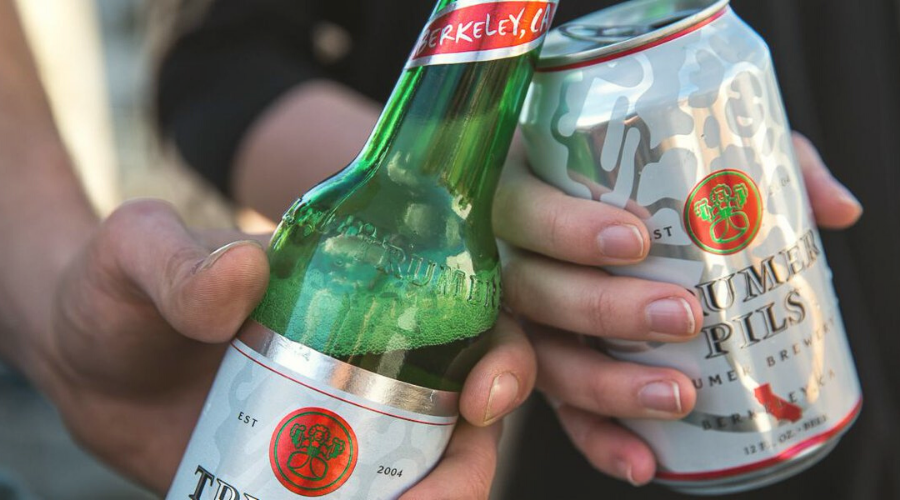
Based in Austria, Trumer now also has a facility in Berkeley, California. In both locations, they brew a traditional German pilsner called Trumer Pils. This beer gets its crisp character from a base of best-quality pilsner malt. Czech Saaz, German Hallertau Perle, and Spalt Select hops give the beer a nice hoppy bitterness and aroma. Trumer Pils has a refreshingly dry finish and is super smooth thanks to a 6-week lagering phase.
Prima Pils, Victory Brewing Company
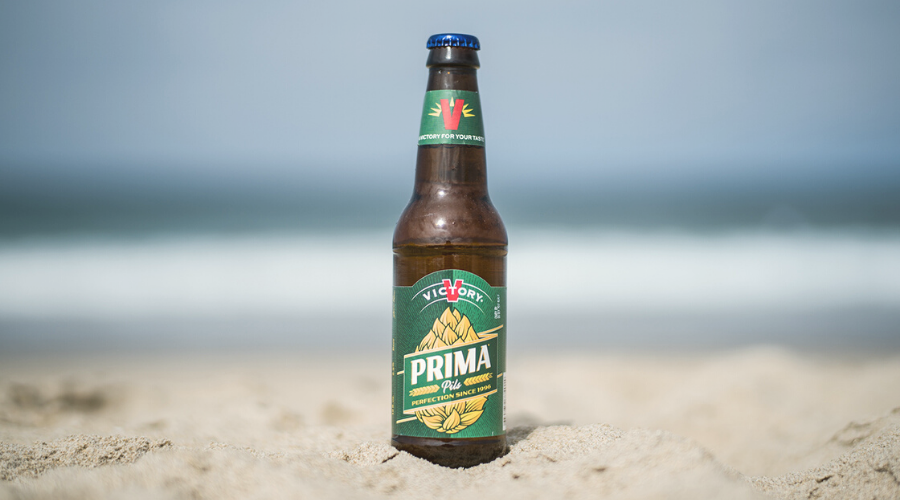
Based in Downingtown, Pennsylvania, Victory found commercial success in their Prima Pils. A German Pilsner with a decidedly floral and hoppy aroma, Prima Pils toes the line between tradition and American innovation. At 5.3% ABV, this beer is one of the most balanced, easy-to-drink, and refreshing pilsners brewed in the U.S.
If you get the chance, visit the Victory Brewing taproom for an authentic pilsner drinking experience. Every Prima Pils is “slow poured” to produce an extra dense and meringue-like head.
Rothaus Pils Tannenzäpfle, Badische Staatsbrauerei Rothaus
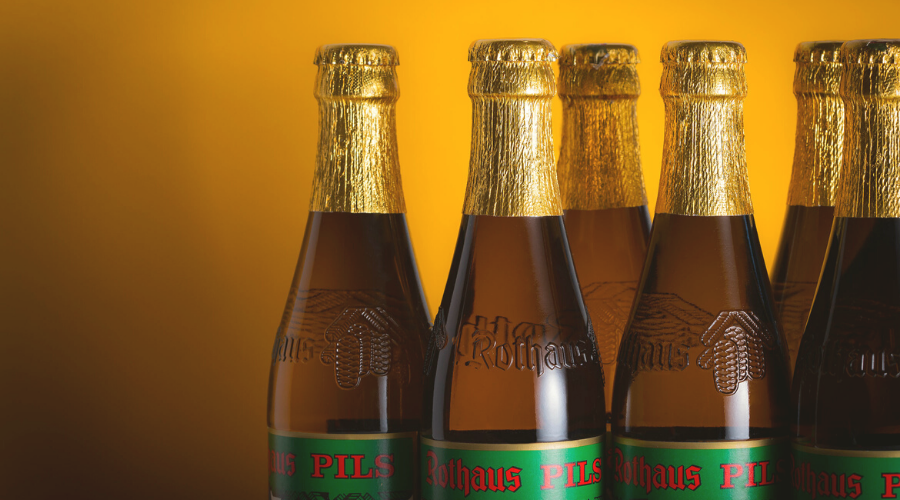
Certain beers feel like time machines. Rothaus Pils takes you back to the fundamentals of brewing. German pilsner, in its purest form, is lightly bready, bitter, and super clean. Rothaus Pils is the benchmark of the style.
Made with local pilsner malt, aromatic German hops, and Black Forest spring water, this beer is complex yet ultra-refreshing.
Pivo Pils, Firestone Walker Brewing Company

Famous for its hoppy IPAs and barrel-aged beer, Firestone Walker proves their versatility with Pivo Pils. Heavily dry-hopped, this pilsner showcases the German Saphir hop with notes of Earl Grey and lemongrass.
Pivo Pils has a wide distribution in the U.S. and is one of Firestone Walker’s best sellers. Seek it out and dive into the refined complexity of this hopped-up beauty.
Vliet, Threes Brewing Company

Brooklyn’s Threes Brewing Company has been brewing a balanced, delicious, and nuanced take on a range of beer styles since 2014. Their quality-driven approach has garnered them a solid reputation in New York City’s craft beer scene. Vliet, their German-style pilsner, is a contemporary take on this classic style.
Starting from a base of 100% German pilsner malt, Vliet is delicately hopped with Saaz and Spalter Select. The hops lend a herbal nose backed by a lightly sweet hay flavor from the crisp grainy backbone.
Mary, Hill Farmstead
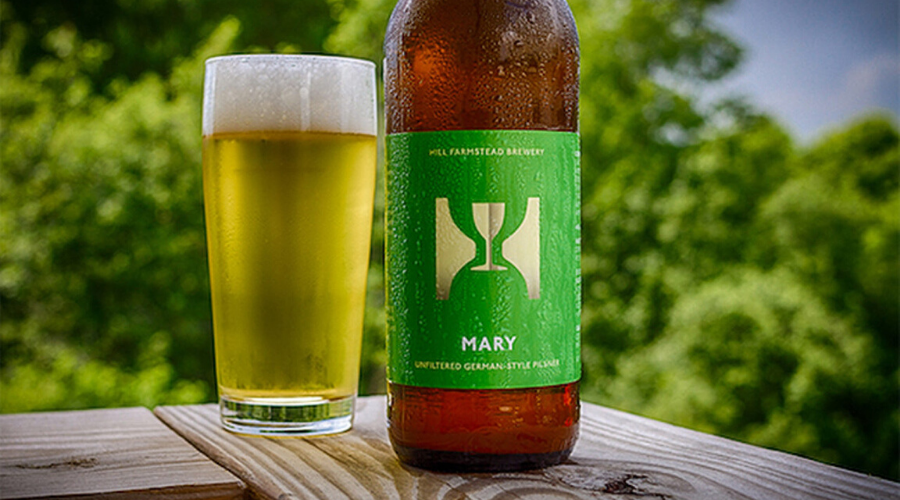
Hill Farmstead’s hype and reputation often seem exaggerated. How can this small Vermont brewery consistently pump out world-class beers in such a variety of styles? We don’t know their secret – but whatever it is, they very rarely disappoint.
Mary is a German-style pilsner with pronounced bitterness propped up by bready malts that let the grassy hops linger on the tongue. Refreshing and well-made, Mary is a nod to brewing tradition which Hill Farmstead does so well.
If you are looking for a good place to try new lagers, you can sign up for a beer-of-the-month service like the International Beer Club which typically ships a few lagers per month.
Twelve, 12 oz. hand-crafted beers each month selected from the world's best international breweries. You'll get two different beer styles, six of each style.
What Is A Pilsner?
A pilsner is a pale lager made with pale malt, floral hops, and bottom-fermenting yeast. Usually, pilsners are between 4 to 5.5% ABV. The characteristic crisp malt backbone mixed with hoppy bitterness is the hallmark of the style. Refreshing and highly carbonated, pilsner beer has a wide range of flavors. As one of the most important and influential styles of beer, there are some regional differences.
The major types of pilsner around the world are:
German Pilsner
Hoppy bitterness and very pale color are typical characteristics of German pilsner. They’re super refreshing yet complex.
Czech Pilsner
Also called Bohemian pilsner, Czech pilsner is similar to the German style. The Czechs brew with restrained bitterness, more aromatic hop character, and lower alcohol content.
Italian Pilsner
These are hoppier than a German or Czech pilsner. Dry-hopping gives Italian pilsners their characteristic floral and herbaceous bouquet.
American Pilsner
Pilsners brewed in the U.S.A. have a long and storied history. Mass immigration in the 19th century saw many European families relocate stateside. With them came beer. Budweiser, Busch, and Miller all have their roots in European brewing traditions. Due to availability, American breweries used corn to replace a portion of the grain bill. This is often attributed to a sweeter taste than a beer with all barley malt. Today, American pilsners, such as Budweiser, are mass produced but many craft breweries are trying to redefine the style.
Japanese Pilsner
Like the Americans, Japanese brewers replaced part of their grain with available ingredients. In their case, they used rice. Because of this, Japanese pilsner has a refreshing and dry mouthfeel which is meant for maximum drinkability.
What Makes A Pilsner Good?
There are a lot of pilsners on the market. From big-name brands to niche craft brews, the style has many offerings. So what makes a great pilsner?
Firstly, pilsners need to be crisp. What that means is refreshing, light, and with an assertive bitterness. Brewing technique and the use of quality ingredients play a huge role in producing a great pilsner.
Brewer’s source high-quality malt and hops and use only the freshest products. On top of that, the fermentation process is long and sophisticated. Cold conditioning with lager yeast – which is bottom fermentation – produces a beer with low fruitiness and a clean profile. Extended aging helps create fine carbonation and an ultra-refreshing brew.
Many pilsners often have a slight sulfuric note, which is quite nice in small amounts. Often, poorly made pilsners will be overly sulfuric. A very fine balance is needed to craft the perfect pilsner.
Because of these subtleties, pilsner beer is exceptionally difficult to brew. Any off-flavor is accentuated and has nowhere to hide. The mark of a great brewer is a great Pilsner.
Here are 10 of our favorites.
Frequently Asked Questions
What’s the difference between a pilsner and a helles?
Pilsners originate in Pilsner, Czech Republic. Bottom fermenting yeast combined with pale malt and hoppiness caused shockwaves in the brewing world. The pale, bitter, refreshing pilsner was born. Shortly after, the style was mimicked throughout Europe. Munich’s interpretation was the Helles – a very pale, less bitter version of a pilsner. Helles are ultra refreshing and incredibly complex. They rely more on a malty character than the pilsner’s reliance on hoppiness.
Both types of beers are incredible and, in recent years, the lines between the two have certainly blurred. Try both styles and see what you prefer!
How did pilsner get so popular?
Beer has always been a big part of most societies and has undergone numerous evolutions through time. Pilsner was revolutionary in the late 19th century, changing the world-view of beer and what it could be. Light, refreshing, and pale in color, pilsner beer reached a wider audience than any beer before it. Since then, its proliferation has been nothing short of phenomenal.
Pilsner has an important past and, we’re happy to add, it’s future is also bright. Modern craft brewers are embracing the tradition and brewing some really high-quality pilsners. Seek out your local pilsner and compare it to one of the ones we reviewed above. Let us know your thoughts in the comments below!


